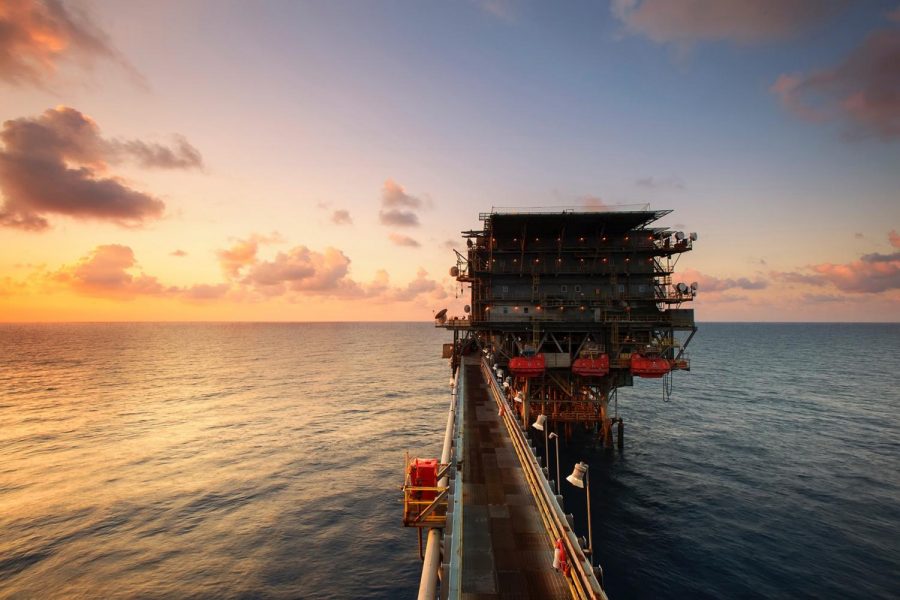Alaska’s Arctic National Wildlife Refuge Land Leased For Oil Drilling
April 9, 2021
In early January, the federal government auctioned leases for land in the Arctic National Wildlife Refuge for oil drilling. At the time, no major companies bought land and only nine of the twenty-two offered tracts were sold. Since taking office on January 20, President Joesph Biden paused all oil leasing on any federal lands. This protects the land and animals for the time being, but what would happen if this drilling were to take place?
As climate change progresses, so does the need for The United States’ Arctic National Wildlife Refuge to be protected. Senior ENACT club leader Hope Jerris states, “As an environmental advocate, I was obviously deeply saddened by the Trump administration’s moves to open up the land. I see it as a huge disruption to the biodiversity of the area.” As the largest denning habitat for polar bears in America’s Arctic, calving ground for porcupine and caribou, and home to hundreds of thousands of animals, this 19.6 million acre refuge is vital to their safety. The United States Department of Interior concluded that when oil is found and produced in the Arctic, there is a 75% chance of an oil spill. If a spill happened, it would not only cause monumental damage to the land, but also be deadly for animals, and affect the Indigenous people living there.
If the leasing had taken place as planned, it would have majorly disrupted the ecosystems built on this land. Sophomore Peter Ryan notes, “This drilling would have greatly affected the many vulnerable and endangered species living in the Arctic.” Even without a spill, drilling for oil inevitably brings out loud noises, vehicles, and human movement which greatly disrupts the migration, breeding, and communication of birds and many other species living on the land. It also causes major air and water pollution in local communities and the usage of these fossil fuels greatly contributes to climate change.
The Trump Administration and the state of Alaska were in favor of oil drilling, as its benefits include helping Alaska economically and providing jobs for thousands of people. They hoped to execute the drilling with as little environmental impact as possible, though based on history, there is certainly no way this could be guaranteed.
Overall, drilling would have economic benefits but extreme environmental costs. If animals cannot be safe in their own refuge, where can they be safe?
Works Cited:
- “Arctic Oil Drilling.” Greenpeace USA, www.greenpeace.org/usa/arctic/issues/oil-drilling/.
- Hanlon, Tegan, and Nat Herz. “Major Oil Companies Take A Pass On Controversial Lease Sale In Arctic Refuge.” NPR, NPR, 6 Jan. 2021, www.npr.org/2021/01/06/953718234/major-oil-companies-take-a-pass-on-controversial-lease-sale-in-arctic-refuge.
- “New Legislation Would Restore Protections to the Arctic Refuge.” The Wilderness Society, www.wilderness.org/articles/blog/new-legislation-would-restore-protections-arctic-refuge.
- “Protect the Arctic National Wildlife Refuge.” NRDC, 20 Jan. 2021, www.nrdc.org/protect-arctic-national-wildlife-refuge.








